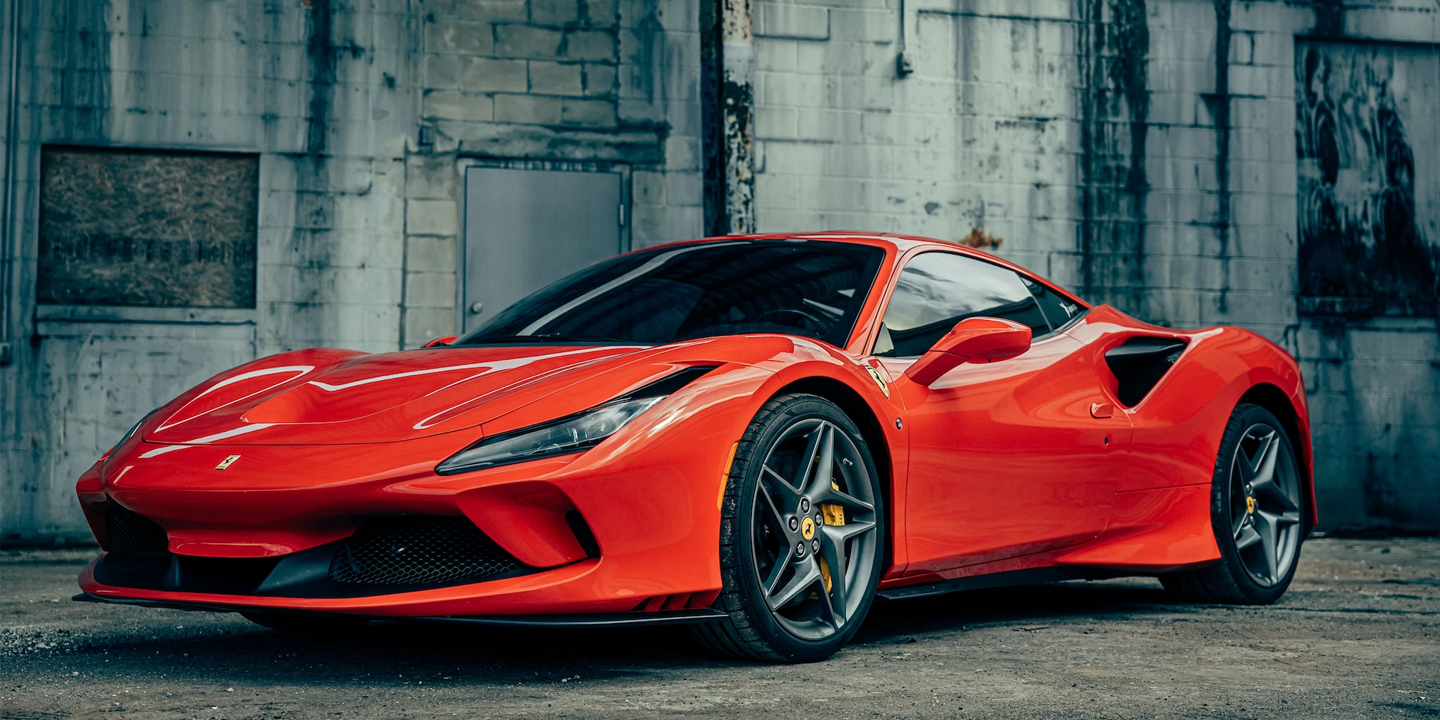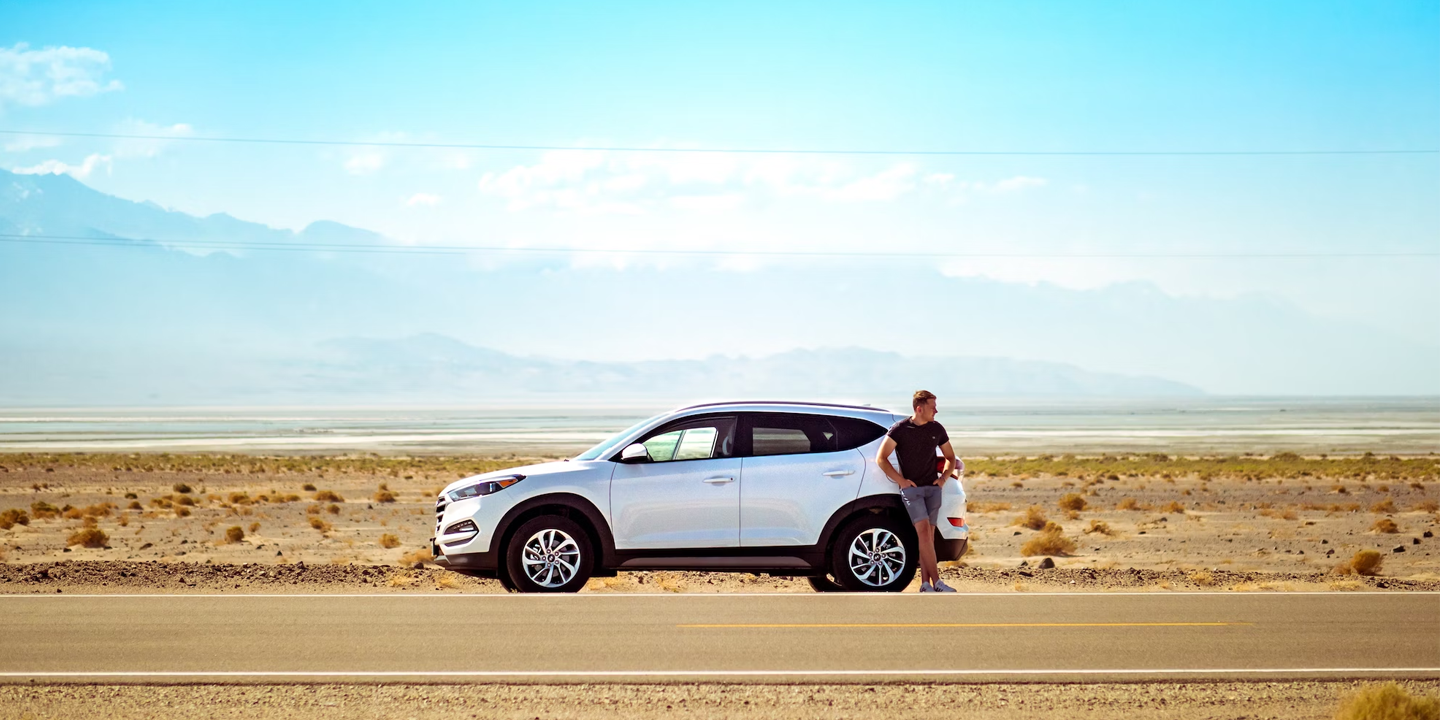The Famous And The Forgotten
While some cars are remembered for reshaping an era, others slip quietly through time. They may be brilliant, odd, or ahead of their day, but they are barely noticed. Scandinavian carmakers have done both: crafting icons that turned heads across continents and others that many don't even know about. We’ll give you a glimpse of both! Let’s begin with 10 of the most iconic cars from this region.
1. Saab 900 Turbo
This was one of the first mainstream cars to popularize turbocharging for everyday drivers. Being engineered by Saab’s aircraft division contributed to the aerodynamic prowess of the 900 Turbo. Featuring a wraparound windshield inspired by fighter jets, the ignition was placed between the seats.
2. Volvo P1800
Volvo’s first true sports coupe with international recognition, the P1800, gained global fame as Simon Templar’s car in The Saint. The most famous one clocked over 3 million miles—still the world record. Its distinctive cowhorn bumpers were designed to appeal to U.S. buyers.
3. Saab 96
The Saab 96 won multiple international rallies, including the Monte Carlo. It was Saab’s longest-running model, produced from 1960 to 1980, and its two-stroke engine could be started with a hand crank in early models. The car was nicknamed "short nose" for its shape.
 Andrew Bone from Weymouth, England on Wikimedia
Andrew Bone from Weymouth, England on Wikimedia
4. Volvo 240
This car established Volvo's reputation for safety worldwide. Due to its durability and safety, it became a staple in Sweden’s taxi and public service fleets. Volvo 240 served as the platform for crash-testing regulations in the U.S. and won the 1985 European Touring Car Championship.
5. Koenigsegg Jesko
Designed to reach speeds over 330 mph, the Jesko was entirely engineered and produced by Koenigsegg in Ängelholm, Sweden. Its engine redlines at 8,250 RPM and produces over 1,600 hp on E85 fuel. The car’s “Light Speed Transmission” shifts in milliseconds.
6. Saab Sonett III
The Sonett III evolved from the earlier Sonett II/V4, which itself descended from the Sonett I — a prototype originally designed for racing. This lightweight sports car weighed under 2,000 pounds, and its hood was a single molded fiberglass piece that opened forward.
7. Volvo 850 T-5R
Not to be confused with the 850 Estate that made motorsport history in 1994, the T-5R was a limited-edition, high-performance version of the standard Volvo 850. It launched in a now-iconic bold "Cream Yellow" paint and could hit 60 mph in under 6 seconds.
8. Koenigsegg Agera RS
Hand-built in Sweden using carbon fiber monocoque construction, the Agera RS set the official land speed record for a production car in 2017 at 277.87 mph. The car’s roof could be removed and stored in the front trunk, and only 25 were made.
9. Saab 99 Turbo
The 99 Turbo introduced affordable turbocharging to the mass market in 1978 and aided the Saab 900’s success in global markets. This car came with a boost gauge long before it was trendy, and its dashboard was curved toward the driver like a cockpit.
10. Volvo Amazon
Here comes the first car to come standard with three-point seatbelts. It was a huge export success for Volvo in the 1960s, especially in the U.S. However, its name, "Amazon," had to be dropped in Germany due to copyright issues.
Iconic cars aside, there are many Scandinavian options you have never heard of. Here are 10 of them.
1. Kalmar RS
The RS is a bespoke restomod using original Porsche 964 underpinnings. Being built by Kalmar Automotive in Denmark makes it a true Scandinavian one-off. Designed for arctic endurance rallies, each build includes a fully bespoke interior tailored to the buyer's preferences.
2. Koenigsegg Quant
Unveiled as a collaboration with NLV Solar at the 2009 Geneva Motor Show, the Quant was intended to use flow battery technology and solar skin. It had two electric motors with a combined 512 hp, and its doors opened upward in a dramatic scissor motion.
 David Villarreal Fernández on Wikimedia
David Villarreal Fernández on Wikimedia
3. Troll Car
The Troll was Norway’s first attempt at domestic car production in the 1950s. Only five were ever built due to lack of government support. Before fiberglass bodies were mainstream, this car had it, and the name “Troll” came from Norwegian folklore.
4. Saab EV-1
This 1985 concept featured a solar roof panel to power the cabin fan. It was designed as a safety and efficiency showcase and used seats from a Chevrolet Corvette. The dashboard was illuminated by fiber optics, and it could go 0–60 mph in under 5.9 seconds.
5. Volvo YCC (Your Concept Car)
Developed by an all-female engineering team in 2004, the YCC's goal was to challenge male-centric automotive design practices. The car had no hood—mechanics accessed it from underneath. It also featured interchangeable seat fabrics and storage for high heels.
 Herranderssvensson on Wikimedia
Herranderssvensson on Wikimedia
6. Koenigsegg Gemera
The Gemera uses a 2.0L twin-turbo 3-cylinder engine with three electric motors. Producing 1,700 hp and seating four, it is the first Koenigsegg family car. The car’s “Tiny Friendly Giant” engine weighs just 70 kg, and it has eight cupholders—four heated and four cooled.
7. Saab 60
Built under license by Valmet Automotive in Finland during the 1960s, the Saab 60 was a stripped-down 96 intended for tax breaks. It had rubber mats instead of carpets to save cost. Most had no passenger sun visors or glovebox doors.
8. Saab 94 (Saab Sonett I)
Only six units of the Saab Sonett I were built in 1956 as lightweight race cars. Designed in secret by a small team of Saab engineers led by Rolf Mellde, the car had a fiberglass body and weighed only 500 kg (1,102 lbs).
9. Lynk & Co 03 Cyan
Engineered by Cyan Racing (formerly Polestar) in Sweden, it’s a race-bred sedan. The 03 Cyan is a road-going tribute to the WTCR championship-winning race car. It features a 528 hp engine, manual gearbox, and no stability control.
10. Volvo 66
After acquiring DAF’s passenger car division, Volvo rebadged the DAF 66 as the Volvo 66. Produced from 1975 to 1980, it featured a CVT “Variomatic” transmission. Despite its Dutch origins, it was sold as a Scandinavian city car.

























